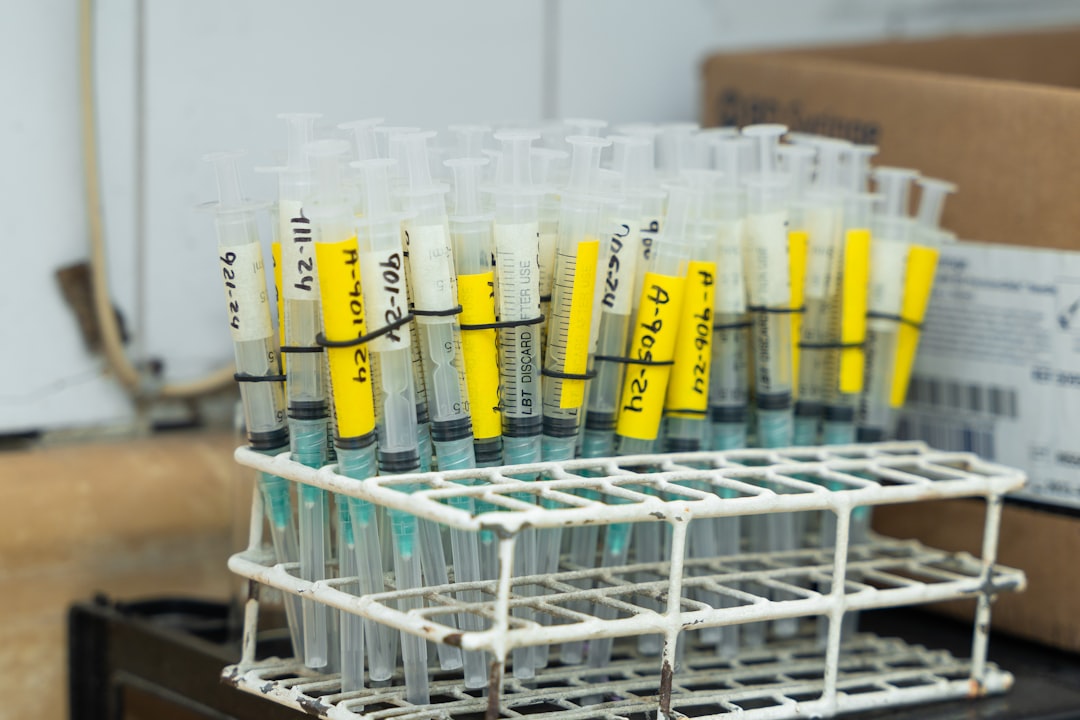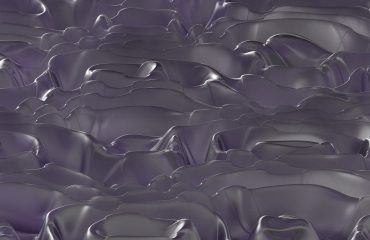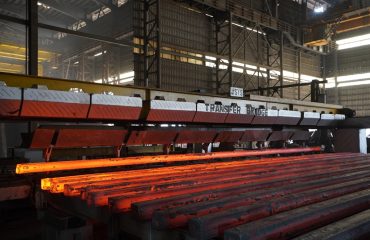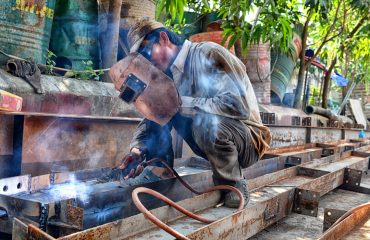body { font-family: sans-serif; line-height: 1.6; }
h1, h2, h3 { color: #333; }
h1 { font-size: 2.5em; }
h2 { font-size: 2em; }
h3 { font-size: 1.5em; }
code { background-color: #f0f0f0; padding: 2px 4px; border-radius: 4px; }
Designing and constructing a chemical plant involves meticulous planning and selection of materials, and arguably none is more critical than the piping system. The wrong pipe selection can lead to catastrophic failures, environmental disasters, and substantial financial losses. This comprehensive guide will delve into the crucial aspects of pipe selection for chemical plants, helping you navigate the complexities and ensure optimal safety and efficiency.
1. Understanding Chemical Compatibility and Corrosion Resistance
The most fundamental aspect of pipe selection is its compatibility with the chemicals being transported. Different materials react differently to various chemicals. Some may undergo corrosion, leading to leaks and potentially hazardous situations. Others may leach contaminants into the transported fluid, compromising product purity or creating health risks. Therefore, a thorough understanding of the chemical properties of the process fluids is paramount.
Common pipe materials include:
- Stainless Steel (various grades): Offers excellent corrosion resistance for a wide range of chemicals, but cost can be a significant factor. Specific grades like 316L are often preferred for their superior resistance to chloride ion attack.
- Carbon Steel: A cost-effective option, but susceptible to corrosion, especially in the presence of moisture or aggressive chemicals. Often requires protective coatings or linings.
- Ductile Iron: Offers good strength and corrosion resistance, suitable for less aggressive chemicals and lower pressures.
- PVC, CPVC, and other plastics: Excellent corrosion resistance for many chemicals, but limited temperature and pressure capabilities. Best suited for specific applications.
- Nickel Alloys (e.g., Monel, Inconel): Exceptional corrosion resistance, particularly in harsh environments, but significantly more expensive than other options.
Material selection charts and datasheets are invaluable resources in determining the best material for a specific chemical.
2. Pressure Ratings and Temperature Considerations
Chemical processes often involve high pressures and temperatures. The selected pipe must be able to withstand these conditions without failure. Pressure ratings are typically expressed in pounds per square inch (psi) or bars and are specified according to industry standards like ASME B31.3 (Process Piping). Similarly, temperature limits for each material must be considered to prevent weakening or degradation of the pipe.
Factors influencing pressure rating selection include:
- Operating pressure: The maximum pressure the system will experience during normal operation.
- Design pressure: A higher pressure than the operating pressure, incorporating safety factors to account for unexpected surges or fluctuations.
- Pipe diameter: Larger diameter pipes generally have lower pressure ratings for a given material and wall thickness.
- Wall thickness: Thicker walls provide higher pressure ratings.
It’s crucial to choose a pipe with a pressure rating significantly higher than the expected operating pressure to ensure a safety margin.
3. Pipe Size and Flow Rate Optimization
Proper pipe sizing is critical for efficient fluid transport. Undersized pipes can lead to increased pressure drops, requiring more energy for pumping and potentially causing erosion. Oversized pipes are wasteful and unnecessarily increase material costs. Accurate flow rate calculations are essential for determining the appropriate pipe diameter.
Factors influencing pipe size selection include:
- Flow rate: The volume of fluid to be transported per unit time.
- Fluid viscosity: Highly viscous fluids require larger pipes to maintain the desired flow rate.
- Allowable pressure drop: The maximum pressure drop acceptable across the pipe system.
- Pipe roughness: Rougher pipes cause higher friction losses and require larger diameters.
Specialized software and engineering handbooks provide tools for accurate pipe sizing calculations.
4. Joint Selection and Installation Techniques
The method of joining pipes significantly impacts the integrity and reliability of the system. Different jointing techniques offer varying levels of strength, ease of installation, and resistance to leakage. Common methods include welding, flanged connections, threaded connections, and solvent welding (for plastics).
Considerations for joint selection include:
- Pressure rating: The joint must be capable of withstanding the system’s operating pressure.
- Chemical compatibility: The jointing materials must be compatible with the transported fluid.
- Ease of installation: Some methods are faster and easier to implement than others.
- Maintenance requirements: Some joints are easier to disassemble and maintain than others.
Proper installation techniques are crucial to ensure the integrity of the joints and prevent leaks.
5. Regulatory Compliance and Industry Standards
Pipe selection and installation in chemical plants must adhere to stringent regulatory requirements and industry standards. These standards ensure safety, prevent environmental contamination, and maintain operational efficiency. Compliance with relevant codes and regulations is non-negotiable.
Key standards and regulations include:
- ASME B31.3 (Process Piping): Covers the design, fabrication, erection, and testing of process piping systems.
- API Standards: Numerous API standards address various aspects of piping systems, including materials, design, and testing.
- Local and national regulations: These may vary depending on the location of the plant and specific environmental regulations.
Working with experienced engineers and adhering to established best practices is essential to ensure compliance.
Selecting the appropriate piping system for a chemical plant is a complex but critical process. Careful consideration of material compatibility, pressure ratings, flow rates, jointing methods, and regulatory compliance is essential for ensuring safety, efficiency, and long-term operational success.
SEO-Friendly Tags:
chemical plant piping, pipe material selection, corrosion resistant piping, industrial piping systems, process piping design




